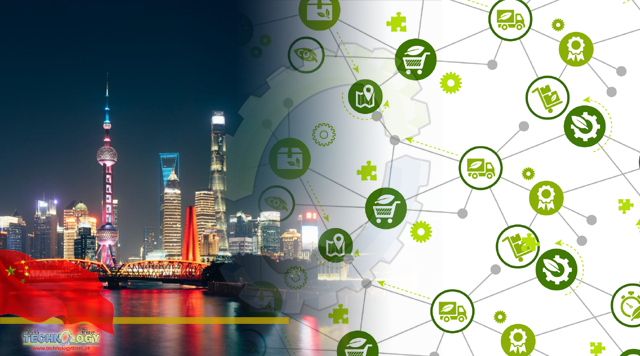In recent years, businesses with key manufacturing or supply chain operations in China have been caught off guard by stringent and often drastic approaches to environmental regulation in China.

Such changes have been a dramatic departure from previous decades of little to no environmental protection and enforcement. The result could be greater supply chain transparency and sustainability.
Chinese environmental regulations and enforcement procedures have forced a shift from controlling total emission loads with fixed standards, to a more dynamic and comprehensive approach of achieving environmental goals by any means necessary.
Many Chinese environmental policies since 2015, including the country’s Environmental Impact Assessment (EIA) process, have been designed to address the challenge: “What else can be done if all companies have met discharge standards, but the environment is still deteriorating?”
Environmental impact assessments in China
Environmental Impact Assessments were adopted in post-Mao China as part of international regulatory best practices. EIA’s have been formally conducted for large construction projects in China since the 1990’s. Political corruption – including bribery and graft – has been widespread and tackling this issue in the EIA approval process was an aspect of President Xi Jinping’s anti-corruption campaign, which began in 2013.
In 2018, the Ministry of Ecology and Environment (MEE) issueda statement outlining its goal of curbing EIA violations and improving assessment guidelines.
Operational risks
More recently, changes were adopted in the EIA process that increased the burden on companies to self-assess. Severe penalties, including factory closure, are now in place for inaccurately assessing environmental impact and the result is increased bureaucratic hurdles.
Updates to the EIA registration process are designed to expand administrative efficiency, but these updates also include increased stringency on execution and post-construction processes, with developers and companies assuming more responsibility and greater risk.
One Shanghai-based environmental, health and safety (EHS) manager stated that these changes have made companies “even more reliant on professional third-party EIA agencies” to understand and meet designated requirements.
In the last several years, multiple companies located in Jiangsu, Henan, Hebei and Zhejiang provinces faced legal action including fines and factory closures, when failures in post-construction management were revealed by inspection teams. Regulatory missteps included failing to submit emission or sewage discharge permits; failing to establish or implement self-monitoring pollution accounting systems; or providing false information related to emissions.
Regional environmental goals are an important driver for local environmental protection bureaus (EPBs) and shape actions to achieve local key performance indicators (KPIs). While local laws are linked to central government targets, local governments may customize environmental laws and, in many cases, make them stricter than national requirements.
Mitigation strategies
Companies cannot gain EIA approval and expect to operate without scrutiny unless they continually address and reduce their environmental impact. A more comprehensive and holistic approach considers three dimensions: site, environment and policy.
Site refers to compliance with legal procedures (licenses) and compliance of operational behavior (standards are being met). Environment means gauging regional sensitivity, environmental capacity, and objectives, e.g. whether a site is in the vicinity of an environmental protection zone or residential areas.
Policy refers to industrial policies and planning, environmental policy, environmental protection infrastructure and industrial park planning. Because each of the three dimensions has its own level of risk, risk levels can be classified according to the actual situation of the enterprise.
Failure to manage all three dimensions increases business risk. As another EHS Manager based in Shanghai recently shared: “We are paying more attention to external factors, such as the location of supplier sites, environmentally sensitive areas, residential areas, land use planning (current and future) and local complaints.
We’ve also begun to involve a third party to help track AQI [Air Quality Index], predict heavy pollution weather, and to provide risk alerts to suppliers in order to manage supply chain suspensions or restrictions.”q
Updates to the EIA Law are part of a movement toward a more dynamic and comprehensive approach to achieving China’s environmental goals. Understanding changing requirements to the EIA process remains a key task for companies and manufacturers seeking to ensure operational environmental compliance and to avoid risk of business interruption – and a more efficient and responsible supply chain.
Originally published at Triple pundit